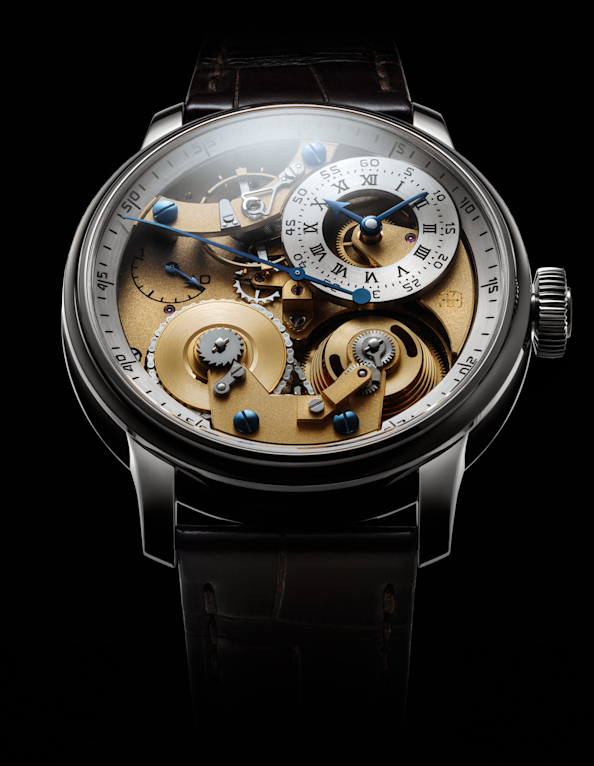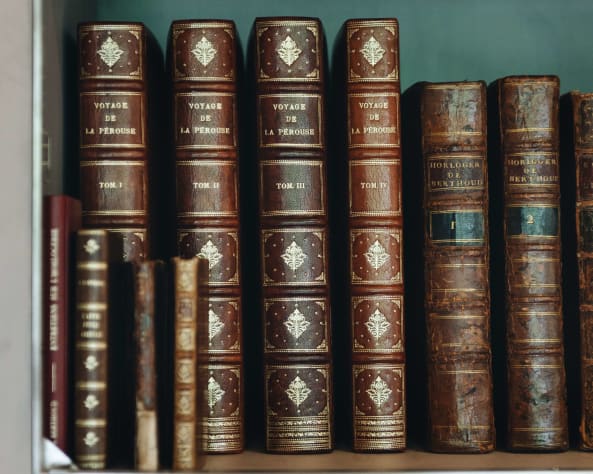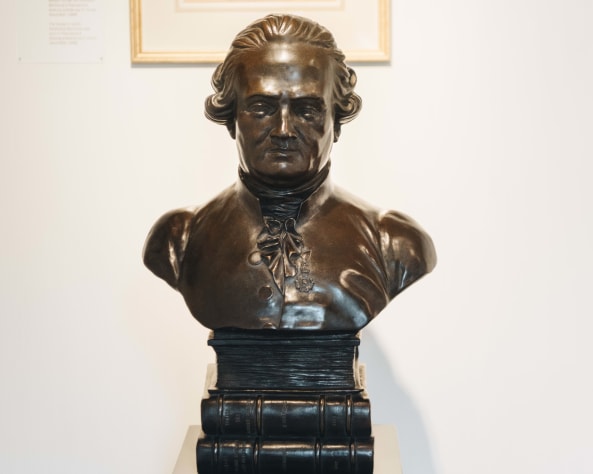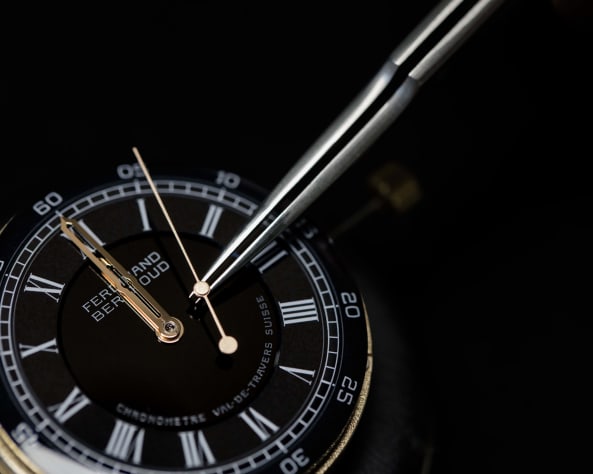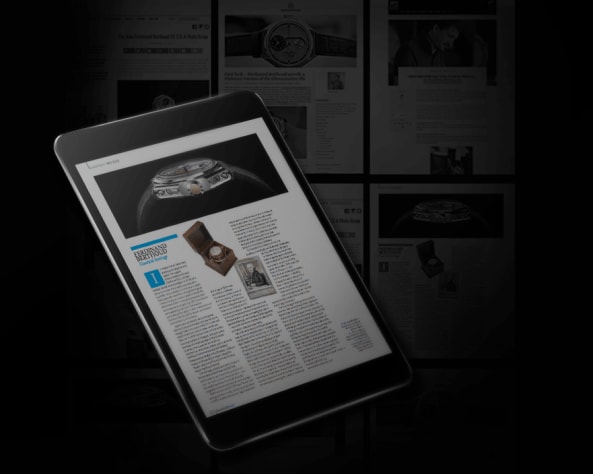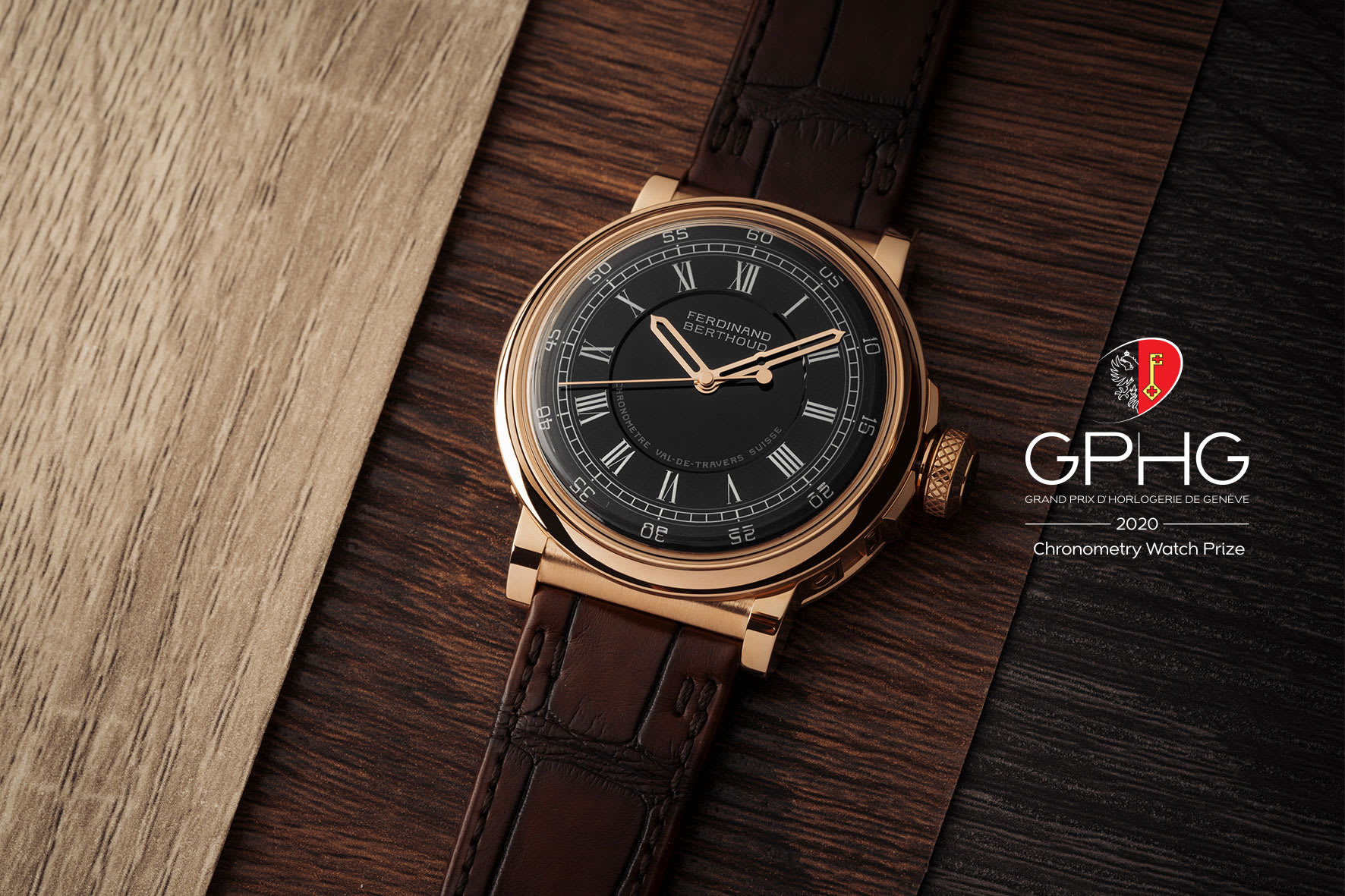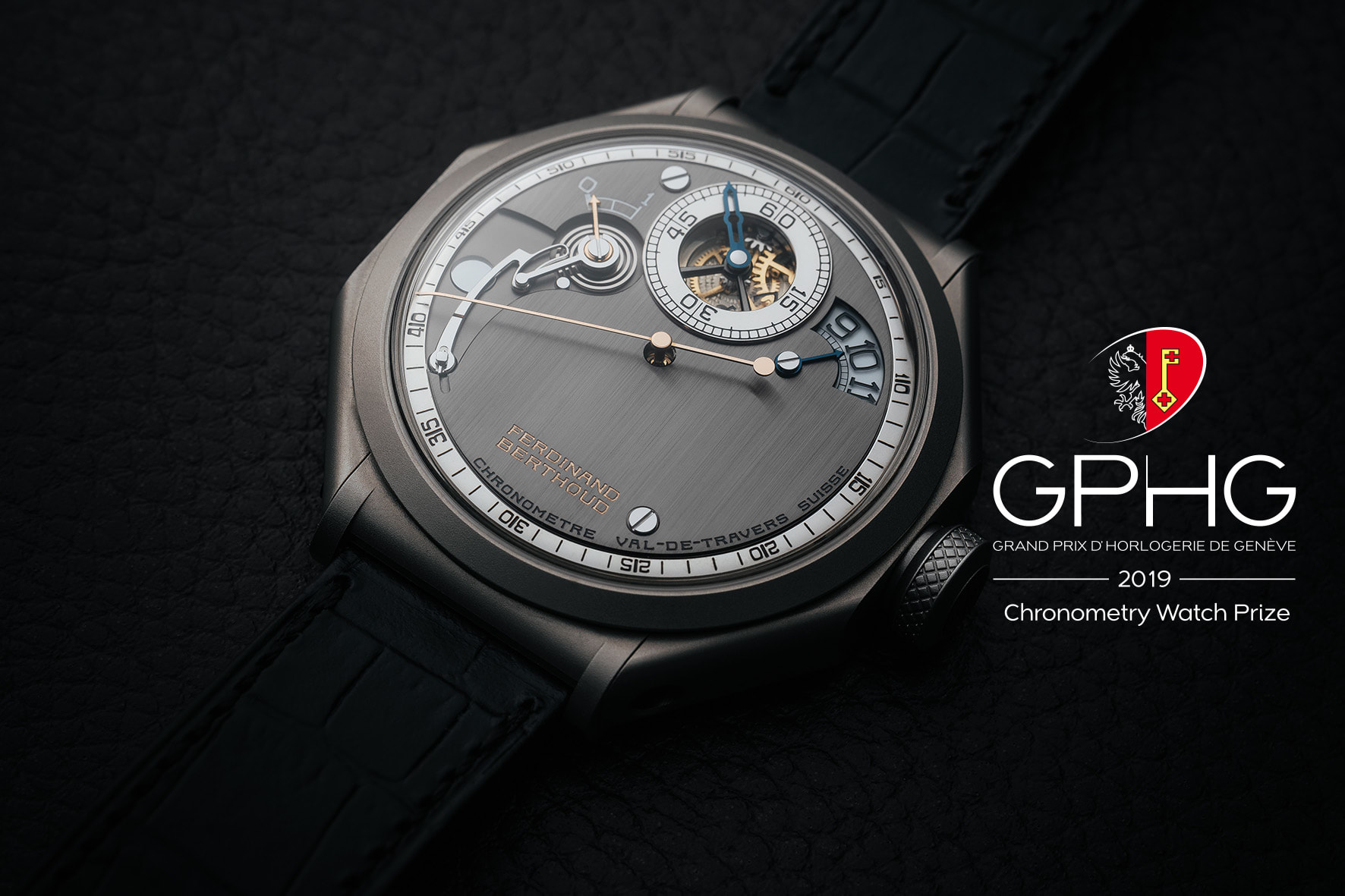
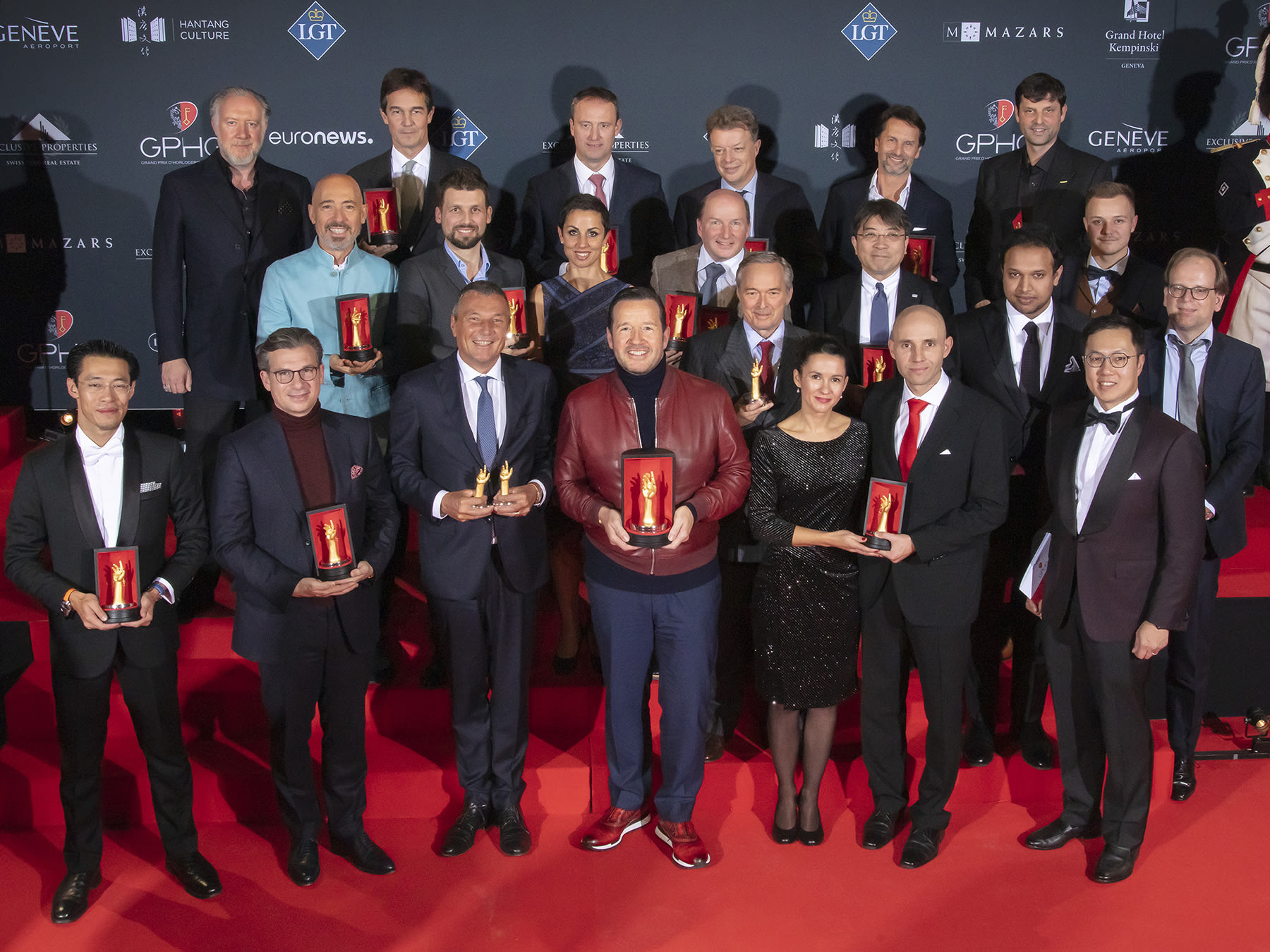
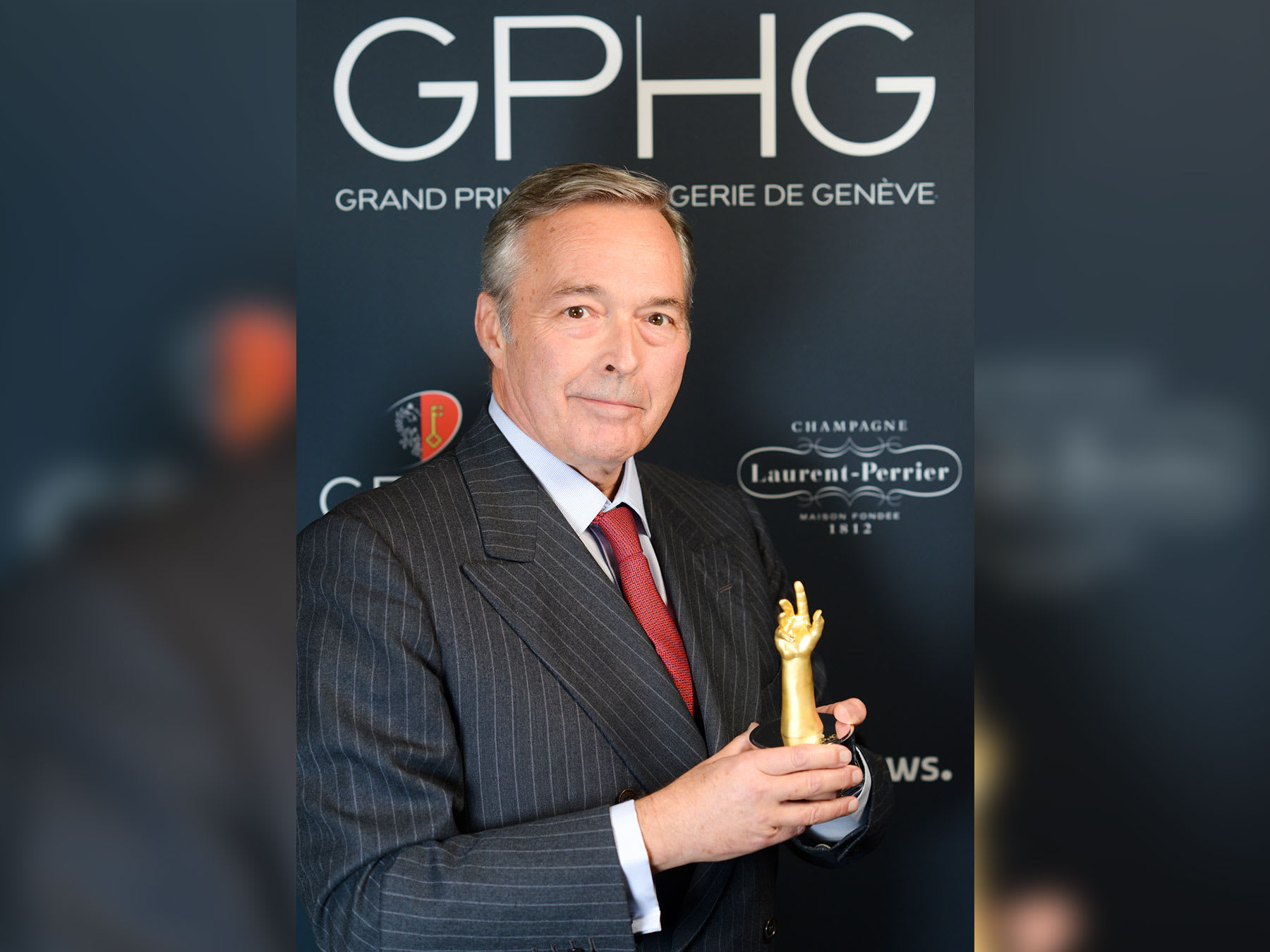
Back in 2016, just one year after the inauguration of Chronométrie Ferdinand Berthoud, the Chronometer FB 1.1 model was awarded the Aiguille d’Or, the highest distinction in the Grand Prix d’Horlogerie de Genève (GPHG). Three years on, after two editions in which the firm chose not to take part, Chronométrie Ferdinand Berthoud has once again won a prize at the event, this time in the ‘Chronometry’ category with its FB 1R.6-1 model, a carburised steel regulator-type timepiece. The award recognises the firm’s ongoing perseverance in innovation, true to the values of Ferdinand Berthoud, Watchmaker-Mechanic by appointment to the King and to the Navy of France in the eighteenth century.
“This distinction is a confirmation of our strategy to date,” says Karl-Friedrich Scheufele, President of Chronométrie Ferdinand Berthoud. “Right from the outset of this adventure in 2015, we decided to focus on designing contemporary timepieces that also honoured the work of Ferdinand Berthoud, whose main calling was the quest for accuracy. As a result, chronometric performance has been a key criterion in terms of deciding which developments to pursue; we are especially proud of the efficiency of our tourbillon movement with fusee-and-chain transmission system, providing constant force; the members of the jury were particularly impressed by this. Receiving this award today for our FB 1R.6-1 carburised steel regulator model is an encouragement for us to continue on the same course.”
The FB 1R.6-1 Chronometer has won the Chronometry Prize. The only regulator in its category, this classic choice of display meets a chronometric requirement in and of itself: distinguishing the displays of hours, minutes, and seconds to make it easy to read each separately. This was a fundamental concept for Ferdinand Berthoud when making his marine chronometers, which were vital for calculating longitude.
Subjected to two full Fleuritest cycles, the carburised steel regulator’s chronometric performance was outstanding: despite constant alterations in the position of the timepiece – simulating the real conditions for a watch worn on the wrist over the course of a typical day – the test results for this model revealed only tiny discrepancies, amounting in 33 out of 36 cases to less than one second; and in almost half of all cases, the value was actually less than or equal to 0.5 seconds per day.
Ferdinand Berthoud’s eighteenth-century designs truly were “timekeeping devices” in the literal sense of the term: marine chronometers were the only way of “keeping time” during sea voyages, making them the only reference allowing longitude to be calculated. For these measurement instruments, accuracy was thus crucially important. As such, it was a principle dear to the heart of Ferdinand Berthoud – and continues to be the very essence of Chronométrie Ferdinand Berthoud’s contemporary collections.
